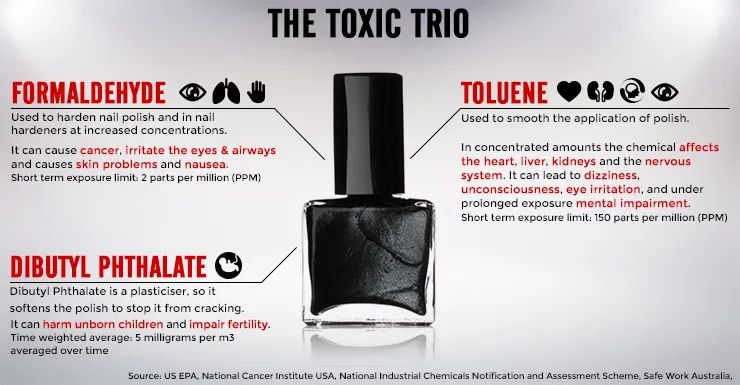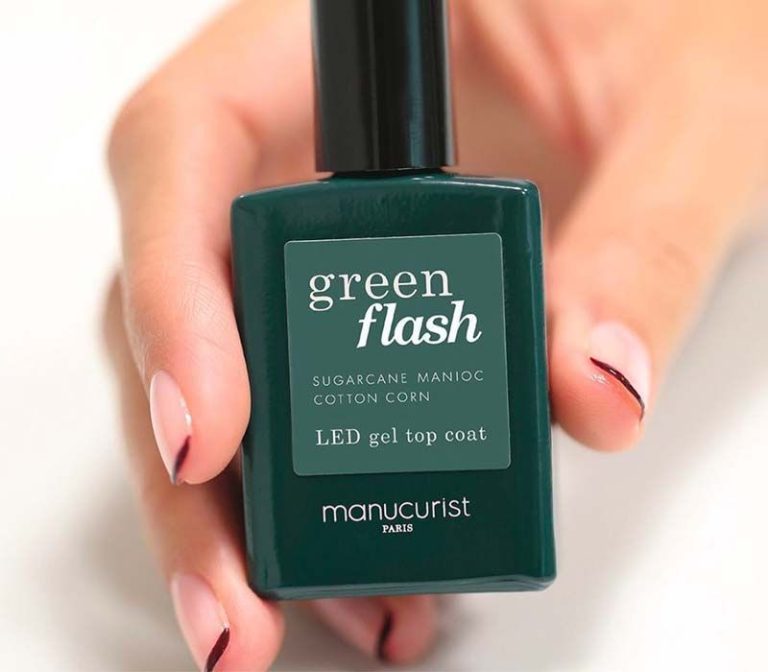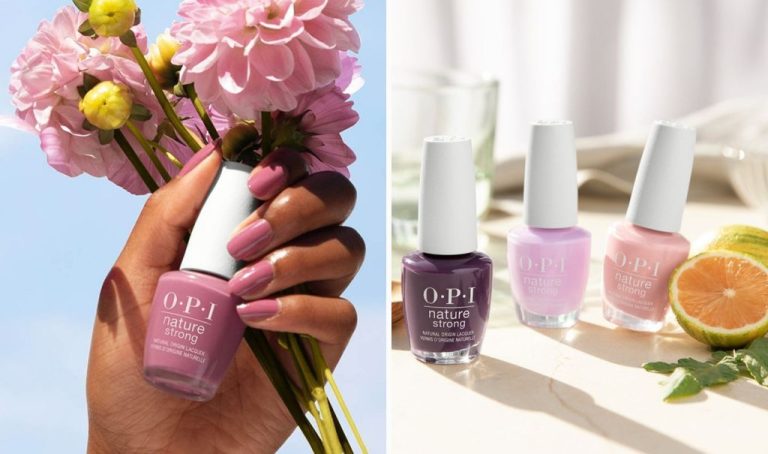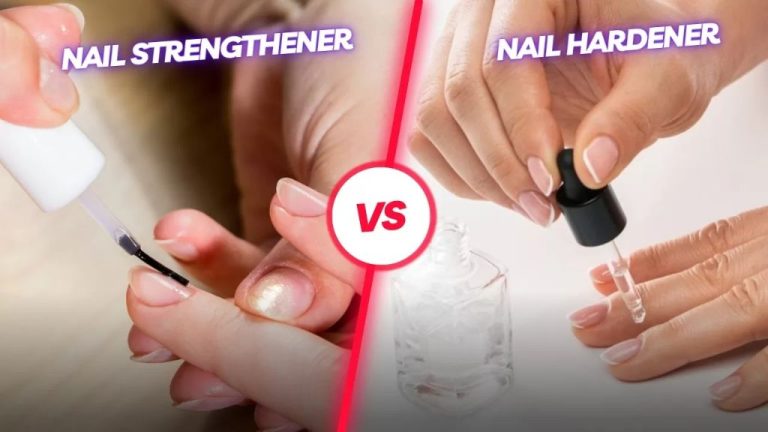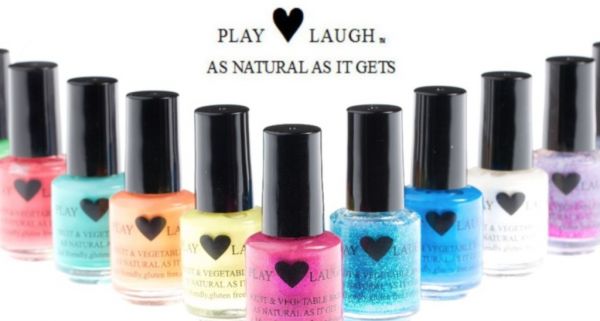The Eco-Friendly Manicure: Tips And Tricks For Sustainable Nails
Regular manicures can have a significant environmental impact due to the use of toxic chemicals and non-biodegradable products. Gel polishes, acrylics, and regular nail polish all contain ingredients like formaldehyde, toluene, and dibutyl phthalate which are known toxins and can be harmful if disposed of improperly. The adhesive used in acrylic and gel manicures is extremely difficult to remove and does not break down naturally, contributing to landfill waste.
Nail polish removers also contain harsh solvents like acetone which can be dangerous for salon workers with long term exposure. Improper ventilation in salons leads to inhalation of these toxic chemicals (source). Manicures produce a substantial amount of non-recyclable waste including cotton pads, disposable files, plastic cuticle pushers, and aluminum foil used for nail polish removal.
For these reasons, eco-friendly manicures are an important way to reduce the environmental impact of standard manicure practices. Using non-toxic polishes, reusable tools, and natural nail strengtheners can cut down on chemical exposure and waste. Opting for waterless manicures and choosing green-certified salons also helps create more sustainable manicure options.
Use Non-Toxic Polishes
Conventional nail polishes often contain chemicals like formaldehyde, toluene, dibutyl phthalate (DBP), and camphor which can be harmful to health. These ingredients are known as the “toxic trio” in nail products. Formaldehyde is a carcinogen, toluene can affect the nervous system, DBP is linked to birth defects, and camphor can be irritating.
Thankfully, there are now many non-toxic nail polish options available that don’t contain those chemicals. Some top non-toxic nail polish brands include Zoya, OPI’s Nature Strong line, and Ella + Mila. These polishes use safer ingredients like bamboo extract, flower extract, and vitamin E. The colors and quality rival traditional polishes without the unwanted chemicals.
Look for polishes labeled as “3-free”, “5-free”, “7-free” or “10-free” which indicates how many toxic chemicals they are free of. Terms like “natural”, “non-toxic”, “green”, and “eco-friendly” on the label also signify a healthier formula.
Switching to non-toxic nail polish allows you to decorate your nails while avoiding exposure to potentially hazardous ingredients.
Look for Salon Certifications
One way to find a nail salon that uses eco-friendly practices is to look for specific green certifications. Green Circle Salons is a certification program that helps salons implement sustainable processes to reduce waste and offset carbon emissions. Over 16,000 salons across North America are part of the Green Circle network.
To become a Certified Sustainable Salon through Green Circle, salons need to follow criteria such as using non-toxic nail polishes and plant-based acetone removers, sending discarded materials to recycling facilities, and offsetting their electrical usage and deliveries through carbon credits. The certification program provides training, resources, and support to help salons transition to more eco-friendly operations.
When looking for a sustainable manicure, check if your local salons have obtained Green Circle or similar certifications. This helps ensure they follow green best practices for an environmentally responsible nail service. You can find Green Circle certified salons through their website here.
Bring Your Own Tools
Bringing your own reusable tools such as nail files, buffers, cuticle pushers, and toe separators helps reduce waste from disposable versions used at salons (Reduce Nail Salon Waste | Create Refillable … – YouTube). Salons go through hundreds of disposable emery boards, cuticle pushers, and other tools every day, generating unnecessary waste. Bring your own kit containing clean reusable tools in a reusable bag or pouch to cut down on this waste.
It’s a good idea to invest in high quality tools made of glass, metal or sustainably sourced wood. Well-made reusable tools will last longer and provide better performance than cheap disposable versions. Stainless steel cuticle pushers and nail clippers stay sharp longer. Emery boards made of glass or crystal files are more effective for shaping nails. Wooden cuticle sticks and orange sticks can be composted at the end of their life.
Some salons may not allow you to bring your own tools due to sanitation concerns. But many green salons welcome clients bringing their own supplies to cut down on waste – just be sure to clean and disinfect your tools properly at home. Bringing your own kit shows your commitment to sustainability.
Use Natural Nail Strengtheners
If you want to grow your nails out naturally without using acrylics, there are several natural remedies you can try to strengthen your nails.
Massaging your nails and cuticles with olive oil is an easy home remedy to nourish brittle nails. The vitamins and fatty acids in olive oil can moisturize nails and stimulate growth. Do this massage daily for strong, healthy nails (Source).
You can also make a strengthening mixture by combining olive oil, vitamin E oil, and lemon juice. The vitamin C in lemon juice promotes nail growth, while the oils moisturize. Apply this to your nails and massage it in for a few minutes daily (Source).
Taking biotin supplements can help strengthen nails and prevent cracking and peeling. Biotin is an essential B vitamin that aids keratin production, which is the protein that makes up your nails (Source).
Opt for Waterless Manicures
Traditional manicures use a lot of water and energy for soaking hands and feet. An eco-friendly alternative is the waterless manicure. These manicures reduce water consumption by using products like scrub gloves instead of soaking (1).
The environmental benefits of waterless manicures include using less water, which helps conserve this precious resource. Going waterless also reduces energy usage since the water doesn’t need to be heated. Salon owners that switch to waterless manicures can lower their utility bills and carbon footprint (1).
Beyond being better for the environment, waterless manicures have beauty benefits too. Soaking hands in water can strip away natural oils and lead to dry skin. Exposing nails to water also makes them vulnerable to bacterial infections. The scrub gloves and other dry tools used in waterless manicures are more hygienic and gentle on the skin (2).
Ask your nail salon if they offer waterless options or look for specialized waterless manicure services in your area. It’s an easy switch that can reduce environmental impact.
Choose a Green Salon
Choosing an eco-friendly nail salon is one of the best ways to reduce the environmental impact of your manicure. Look for salons that use non-toxic products and implement sustainable practices.
What makes a salon green? Here are some things to look for:
- Use of non-toxic, water-based polishes and plant-based ingredients
- Proper ventilation systems to remove chemical fumes
- Energy efficient design, like solar panels or LED lighting
- Recycling programs for bottles and other salon waste
- Eco-friendly paper products and cotton balls
- Water-saving tools and practices
- Environmentally responsible cleaning products
Many salons now promote their green initiatives to attract eco-conscious clients. Do some research online or ask when booking an appointment about their sustainability efforts. With some smart choices, you can get a beautiful manicure that’s gentle on the planet.
Use Plant-Based Removers
Conventional nail polish removers often contain harsh chemicals like acetone, which can be damaging to the environment. Acetone is volatile organic compound that contributes to air pollution. When washed down drains, it can also contaminate water sources.
Luckily, there are plant-based nail polish removers available that use natural ingredients and avoid harsh chemicals. Look for removers made with plant oils like soybean, sunflower, coconut, and essential oils like lavender or tea tree. Brands like Karma Organic offer acetone-free formulas made with nourishing oils that remove polish while moisturizing nails and cuticles.
You can even make homemade natural removers using ingredients like lemon juice, vinegar, and vegetable oil. Simply mix a few tablespoons of lemon juice and vinegar, then soak your nails to break down the polish. The natural acids in these ingredients help remove stain while avoiding the environmental impact of acetone-based formulas.
Upcycle Old Bottles
Instead of throwing out empty nail polish bottles, consider upcycling them into fun DIY projects or recycling them through special programs. Many cities have household hazardous waste facilities that accept old nail polish for safe disposal. For example, you can bring bottles to your local drop-off site in New York City according to the Department of Sanitation [1]. Check Earth911.com to find a disposal location near you.
If the bottle still has some unused polish left, either use it up or consider donating partially used bottles to organizations like Beauty2TheStreetz. They will gladly take donations of beauty products to distribute to those in need.
For empty containers, get creative by turning them into jewelry holders, vases, or desk organizers. Hot glue a few bottles together to make quirky pencil holders or cotton swab containers. With some paint and glitter, you can transform old nail polish bottles into decorative Christmas ornaments too.
Upcycling reduces waste while letting you customize and personalize your living space. Just be sure to clean used bottles thoroughly before starting any DIY project.
Conclusion
Eco-friendly manicures are the way to go for those wanting to minimize their environmental impact and lower exposure to chemicals and toxins. From the products we use to the salons we choose, there are plenty of ways to green your manicure routine from start to finish. Avoiding harsh nail polish removers, choosing plant-based or waterless solutions, and looking for non-toxic nail polishes and salon certifications are all great places to start.
With some effort and research, we can all adopt more sustainable practices for our manicures. By being conscious and selective with the products we use and businesses we support, collectively we can make a real difference for the environment. The tips provided give easy and practical ways to enjoy beautiful nails while also caring for the planet. Adopt even a few of these suggestions for your next mani and pedi, and encourage others to do the same!
